AWS Events and Webinars
AWS hosts events, both online and in-person, bringing the cloud computing community together to connect, collaborate, and learn from AWS experts.
Learn more about AWS Events
AWS re:Invent | Dec. 1 – 5, 2025 | Las Vegas, NV
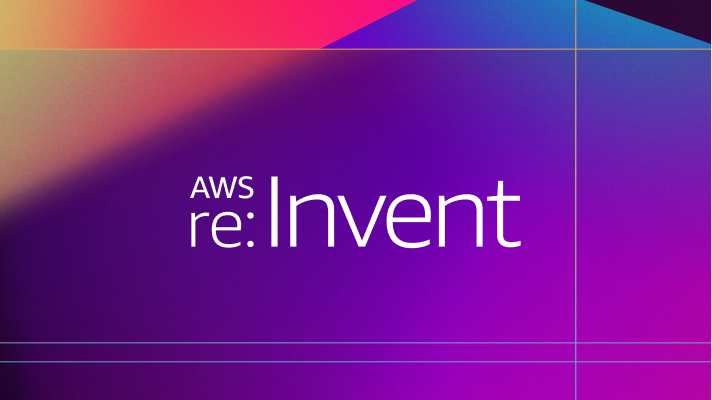 Build the future with us at AWS re:Invent, Dec 1 – 5, 2025 in Las Vegas, NV. Learn new skills, take home proven strategies, make lifelong connections.
Register now
Build the future with us at AWS re:Invent, Dec 1 – 5, 2025 in Las Vegas, NV. Learn new skills, take home proven strategies, make lifelong connections.
Register now
AWS Global Summits
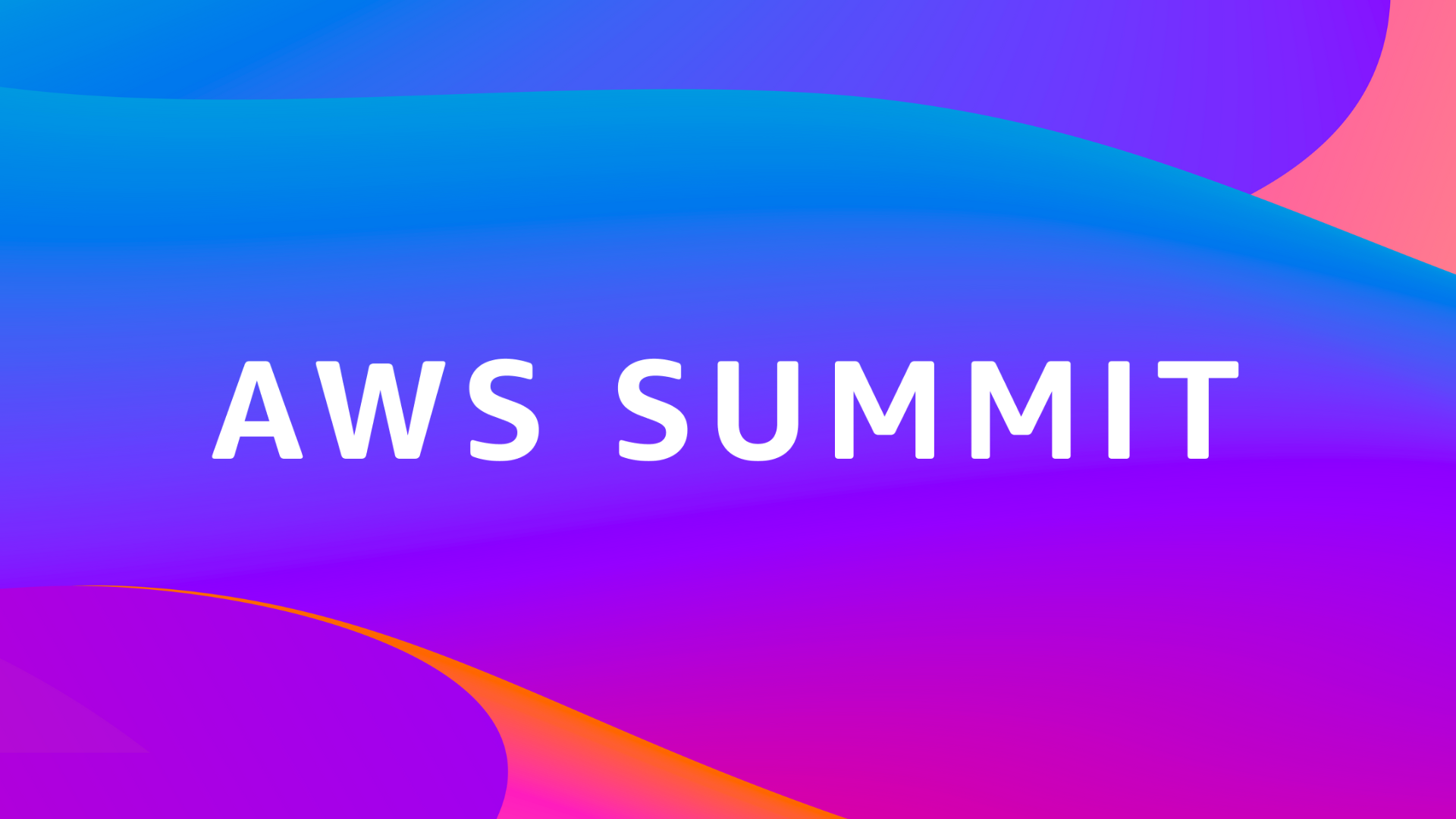 AWS Global Summits are free events that bring the cloud computing community together to connect, collaborate, and learn about AWS.
View upcoming AWS Summits
AWS Global Summits are free events that bring the cloud computing community together to connect, collaborate, and learn about AWS.
View upcoming AWS Summits
AWS Innovate Online Conference
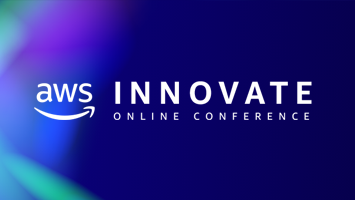 AWS Innovate Online Conference is a free online event designed to inspire and educate executives and IT professionals about AWS. Whether you are new to AWS or an experienced user, you can learn something new at AWS Innovate. AWS Innovate is designed to help you develop the right skills to design, deploy, and operate infrastructure and applications.
View upcoming AWS Innovate conferences
AWS Innovate Online Conference is a free online event designed to inspire and educate executives and IT professionals about AWS. Whether you are new to AWS or an experienced user, you can learn something new at AWS Innovate. AWS Innovate is designed to help you develop the right skills to design, deploy, and operate infrastructure and applications.
View upcoming AWS Innovate conferences
AWSome Day Online Conference
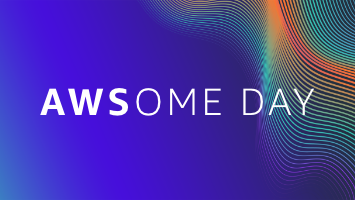 AWSome Day Online Conference is a free, online training event that will provide a step-by-step introduction to the core AWS services for compute, storage, databases, and networking. AWS technical experts will explain key features and use cases, share best practices, walk through technical demos, and be available to answer your questions one-on-one.
View upcoming AWSome Day conferences
AWSome Day Online Conference is a free, online training event that will provide a step-by-step introduction to the core AWS services for compute, storage, databases, and networking. AWS technical experts will explain key features and use cases, share best practices, walk through technical demos, and be available to answer your questions one-on-one.
View upcoming AWSome Day conferences
AWS re:Inforce | Our annual cloud security event
 AWS re:Inforce has concluded for 2025, but you can still watch on-demand content from this year's event. Revisit the very latest announcements in AWS CISO Amy Herzog's keynote, plus view innovation talks and other breakout content led by AWS experts.
Learn more
AWS re:Inforce has concluded for 2025, but you can still watch on-demand content from this year's event. Revisit the very latest announcements in AWS CISO Amy Herzog's keynote, plus view innovation talks and other breakout content led by AWS experts.
Learn more
AWS Training and Certification
 AWS Training and Certification offers both online and in-person events to help you leverage the power of the AWS Cloud. These events are designed to cover various levels of technical expertise across a wide range of roles and topics—including exam readiness webinars for anyone looking to become AWS Certified. This is your opportunity to access the latest training events direct from the AWS experts!
Explore Training and Certification Events
AWS Training and Certification offers both online and in-person events to help you leverage the power of the AWS Cloud. These events are designed to cover various levels of technical expertise across a wide range of roles and topics—including exam readiness webinars for anyone looking to become AWS Certified. This is your opportunity to access the latest training events direct from the AWS experts!
Explore Training and Certification Events
Business Leaders Events
AWS Financial Services Symposium 2025 | May 15 | New York, NY
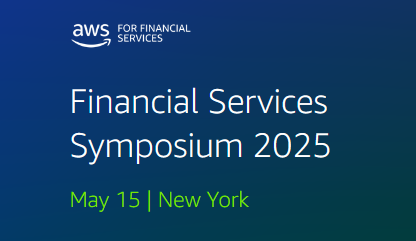 Join us for the 2025 AWS Financial Services Symposium in New York City. This is an exclusive all-day, in-person event designed for senior business and IT executives across banking, payments, capital markets, and insurance.
Register now
Join us for the 2025 AWS Financial Services Symposium in New York City. This is an exclusive all-day, in-person event designed for senior business and IT executives across banking, payments, capital markets, and insurance.
Register now
Energy Symposium
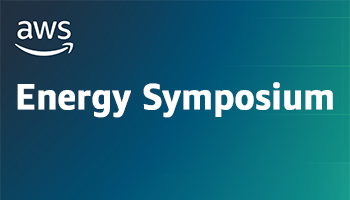 Come discover how organizations are transforming the energy industry and the innovations that can help you improve performance, accelerate innovation, transform the customer experience, maximize safety, and minimize your carbon footprint.
Find a Energy Symposium near you
Come discover how organizations are transforming the energy industry and the innovations that can help you improve performance, accelerate innovation, transform the customer experience, maximize safety, and minimize your carbon footprint.
Find a Energy Symposium near you
AWS Partner Events
AWS PartnerCast
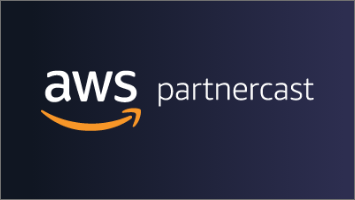 AWS PartnerCast is a series of free interactive webinars for AWS Partners, plus a library of on-demand training resources, to help AWS Partners in business and technical roles. AWS PartnerCast is designed to help Partners create new client opportunities, enhance professional relationships, and develop your AWS Cloud skills.
View all AWS PartnerCast Live and On Demand offerings
AWS PartnerCast is a series of free interactive webinars for AWS Partners, plus a library of on-demand training resources, to help AWS Partners in business and technical roles. AWS PartnerCast is designed to help Partners create new client opportunities, enhance professional relationships, and develop your AWS Cloud skills.
View all AWS PartnerCast Live and On Demand offerings
AWS Partner Events
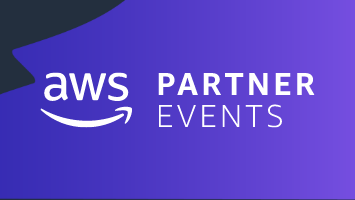 AWS Partners host a variety of events which feature AWS services and speakers. Topics include Security, IoT, DevOps, Containers, Storage, Migration and key workloads such as SAP and Windows to name a few. AWS Partners have developed solutions and practices to help you achieve success on AWS. From webinars to field events to virtual workshops, there’s sure to be an event which will help you learn more and do more with AWS and our AWS Partners.
View upcoming AWS Partner Events
AWS Partners host a variety of events which feature AWS services and speakers. Topics include Security, IoT, DevOps, Containers, Storage, Migration and key workloads such as SAP and Windows to name a few. AWS Partners have developed solutions and practices to help you achieve success on AWS. From webinars to field events to virtual workshops, there’s sure to be an event which will help you learn more and do more with AWS and our AWS Partners.
View upcoming AWS Partner Events
AWS Partner Webinars
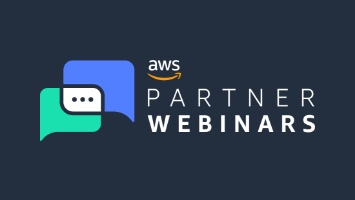 AWS Partner Webinars are live, virtual sessions presented by AWS experts and accredited AWS Partner Network (APN) Partners who have demonstrated technical proficiency and proven customer success in specialized solution areas such as: Artificial Intelligence/Machine Learning (AI/ML), Containers, IoT, and more. These webinars are ideal for IT Professionals, developers, and Business Leaders and feature live demonstrations, customer use cases and expert Q&A sessions.
View upcoming AWS Partner Webinars
AWS Partner Webinars are live, virtual sessions presented by AWS experts and accredited AWS Partner Network (APN) Partners who have demonstrated technical proficiency and proven customer success in specialized solution areas such as: Artificial Intelligence/Machine Learning (AI/ML), Containers, IoT, and more. These webinars are ideal for IT Professionals, developers, and Business Leaders and feature live demonstrations, customer use cases and expert Q&A sessions.
View upcoming AWS Partner Webinars
Public Sector Events
AWS Initiate
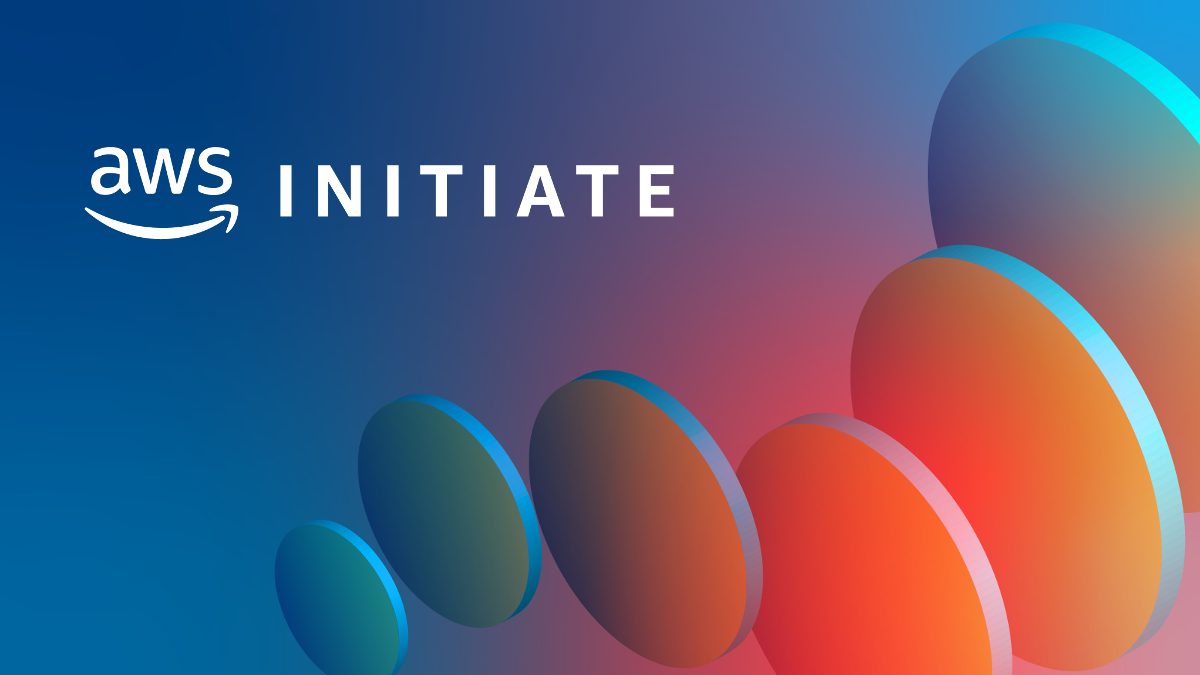 The AWS Initiate Series is a global event series built for customers new to the cloud. Learn how similar organizations in your region are harnessing the AWS Cloud to achieve their missions. These events are ideal for IT professionals, developers, and business leaders who are interested in accelerating their cloud journey.
View upcoming AWS Initiate Events
The AWS Initiate Series is a global event series built for customers new to the cloud. Learn how similar organizations in your region are harnessing the AWS Cloud to achieve their missions. These events are ideal for IT professionals, developers, and business leaders who are interested in accelerating their cloud journey.
View upcoming AWS Initiate Events
IMAGINE: Nonprofit
 Presented by Amazon Web Services (AWS), the IMAGINE: Nonprofit conference is a no-cost event that brings together nonprofit leaders, technologists, and innovators to discuss how technology can drive a positive impact for both people and our planet. This in-person event combines thought leadership sessions, dynamic workshops, and networking opportunities to create an educational, collaborative, and inspirational experience you won't want to miss.
Learn more
Presented by Amazon Web Services (AWS), the IMAGINE: Nonprofit conference is a no-cost event that brings together nonprofit leaders, technologists, and innovators to discuss how technology can drive a positive impact for both people and our planet. This in-person event combines thought leadership sessions, dynamic workshops, and networking opportunities to create an educational, collaborative, and inspirational experience you won't want to miss.
Learn more
IMAGINE
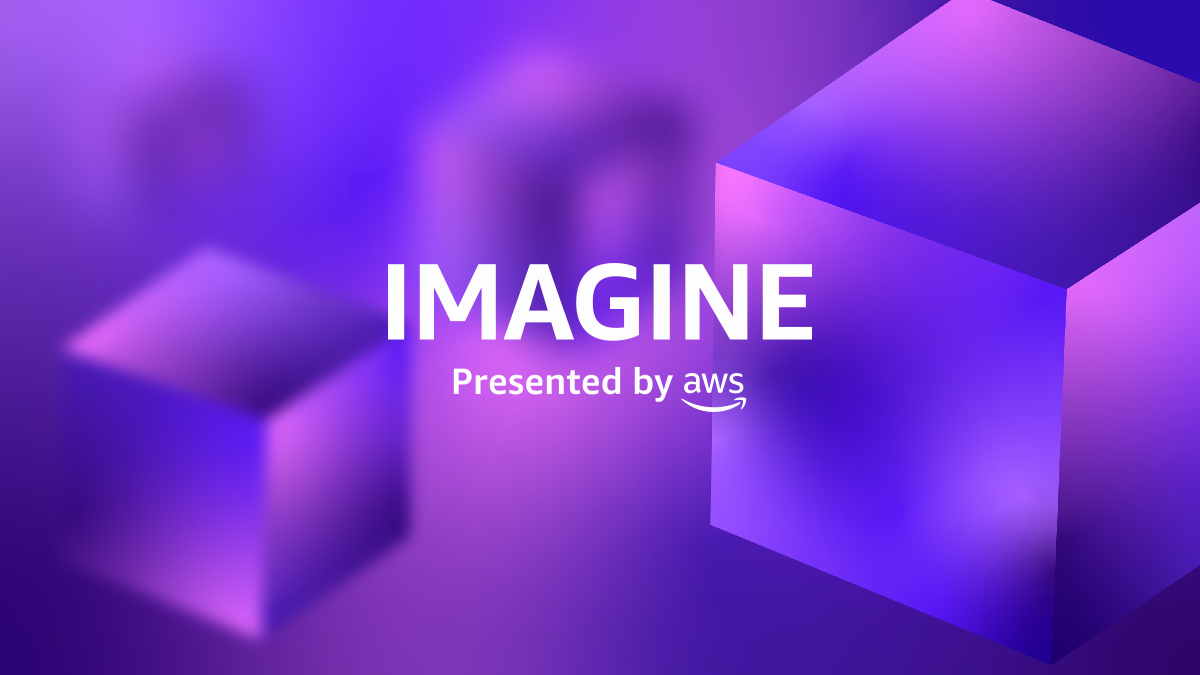 IMAGINE: The New World of Education online series elevates key conversations with leaders from across the global education community. Join us each month to discover how education institutions and organizations are innovating in the cloud to make sure learners of all ages have continued access to education.
View upcoming IMAGINE webinars
IMAGINE: The New World of Education online series elevates key conversations with leaders from across the global education community. Join us each month to discover how education institutions and organizations are innovating in the cloud to make sure learners of all ages have continued access to education.
View upcoming IMAGINE webinars
AWS Public Sector Symposiums
 AWS Public Sector Symposiums are no-cost events that bring public sector organizations together to learn about driving mission outcomes by building in the AWS Cloud. Connect and collaborate with peers across government, education, nonprofit, healthcare, Aerospace & Satellite, and more. Attendees hear from AWS leaders, experts, partners, and customers and learn by attending technical breakout sessions and an inspirational keynote.
View upcoming Symposiums
AWS Public Sector Symposiums are no-cost events that bring public sector organizations together to learn about driving mission outcomes by building in the AWS Cloud. Connect and collaborate with peers across government, education, nonprofit, healthcare, Aerospace & Satellite, and more. Attendees hear from AWS leaders, experts, partners, and customers and learn by attending technical breakout sessions and an inspirational keynote.
View upcoming Symposiums
AWS Public Sector Summit Online
 Join the AWS Public Sector Summit Online virtually to deepen your cloud knowledge and gain new skills to design, deploy, and use the cloud for your mission.
Join the virtual experience now
Join the AWS Public Sector Summit Online virtually to deepen your cloud knowledge and gain new skills to design, deploy, and use the cloud for your mission.
Join the virtual experience now
Learnings
Whether you are new to the cloud or an experienced user, you will learn something new at AWS events. These events are designed to educate you about AWS products, services, and solutions and help you develop the skills to design, deploy, and operate infrastructure and applications. Event content is delivered by subject matter experts from AWS, our partners, and our customers, who share how they have successfully built solutions on AWS.
Workshops
Workshops are 1-2 hour sessions that engage attendees in a small-scale, hands-on format that provide a more tangible way to learn.
Hands-on labs
Hands-on labs help you evaluate and learn how to work with AWS solutionsthrough step-by-step, self-paced instructions on an AWS Console in a live practice environment.
Hackathon
Hacks and Jam Sessions are highly gamified events where participants complete tasks that challenge and educate them on the use of a wide range of AWS services.
Chalk talks
Chalk talks are a highly interactive content format with a smaller
audience. They begin with a 10–15-minute lecture delivered by an AWS expert, followed by a 45–50-minute Q&A session with the audience.
Certifications
ecoming AWS Certified recognizes individuals for their AWS expertise andenables organizations to identify skilled professionals to lead IT initiatives. Demonstrate your technical proficiency on AWS and receive special recognition.
Bootcamps
Bootcamps are half-day to day long events that provide an opportunity for participants to hone existing skills and learn new ways of working with AWS.
Builder session
Builders sessions are 60-minute small groups sessions with up to six customers and one AWS expert, who are there to help answer questions, and provide guidance.